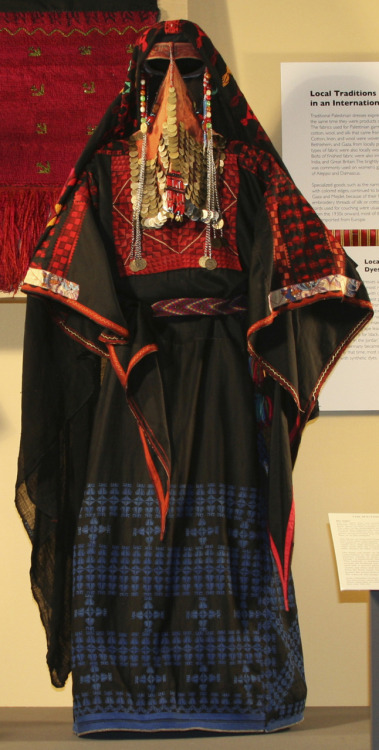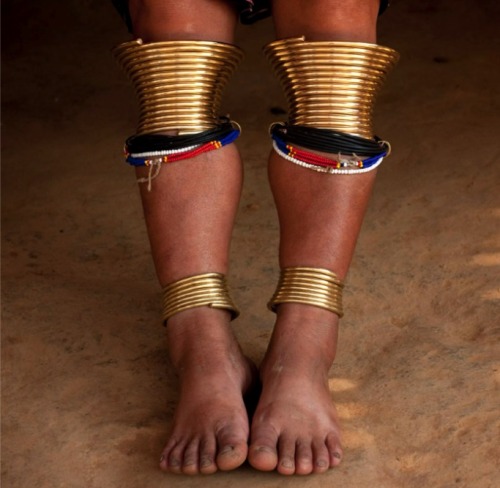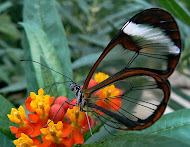Here's the good news: there's more to autumn produce than potatoes and squash. There are really 11 fruits and veggies are among the healthiest "autumn harvest" foods you can eat. Number 12 can be referenced by the picture above which in EXCERCISE!!! Sweating is the easiest way the release internal toxins. SWEAT EVERYDAY is the WAY!!!
 1. Avocado
1. Avocado
Avocado is an excellent source of the healthy monounsaturated fat, oleic acid, which has been shown to lower cholesterol and protect against breast cancer. They're also rich in the carotenoid lutein and vitamin E that, when combined with the avocado's healthy fat, inhibit the growth of prostate cancer.
Try them on sandwiches, in salads, as garnishes for soups and to make everyone's favorite--guacamole.
- Notable Nutrients: oleic acid, lutein, vitamin E, vitamin K, fiber, potassium, folate, vitamin B6, vitamin C copper
 2. Leeks
2. Leeks
Leeks are in the same family as garlic and onions, and have many of the same healthy benefits. They've been found to lower bad (LDL) cholesterol while raising
good (HDL) cholesterol, fight against cancer, including prostate and colon cancers, and stabilize blood sugar levels.
Leeks have a milder, sweeter taste than onions and work great in soups, sauces and sautéed with other vegetables. They can also be used as a side dish on their own or as an addition to salads (like onion).
- Notable Nutrients: manganese, vitamin C, iron, folate, vitamin B6
 3. Brussels Sprouts
3. Brussels Sprouts
Brussels sprouts belong to the
cancer-fighting cruciferous family of vegetables and are a rich source of anti-cancer phytochemicals. They also help you get healthy skin, protect the immune system, fight birth defects and rheumatoid arthritis and support a healthy colon.
Use Brussels sprouts as a side dish seasoned with butter, salt, pepper, cheese or lemon, or add them to soups and stews.
- Notable Nutrients: vitamin K, vitamin C, folate, vitamin A, manganese, fiber, potassium, vitamin B6, tryptophan, vitamin B1, omega-3 fatty acids, iron, phosphorus, protein, magnesium, vitamin B2, vitamin E, copper, calcium
 4. Kiwi
4. Kiwi
These little fruits contain lots of antioxidants and phytonutrients that are protective of DNA. They also help control blood sugar, protect the heart and colon, fight asthma and macular degeneration, and can lower your risk of blood clots.
Kiwis are very tasty eaten alone (peeled) or can be added to salads, chilled soups or fruit tarts.
- Notable Nutrients: vitamin C, fiber, potassium, copper, magnesium, vitamin E, manganese
 5. Green Beans
5. Green Beans
Green beans, one of the only beans that are eaten fresh, contain lots of vitamin K for healthy bones and anti-inflammatory nutrients that may reduce the severity of diseases where inflammation plays a major role, such as asthma, osteoarthritis and rheumatoid arthritis. They also contain nutrients that have been found to protect the heart, prevent colon cancer, and support the immune system, skin and memory.
Green beans can be used traditionally in side dishes, casseroles, stews and soups, or, be a little creative and try them cold in tuna or chicken salad, as a salad with oil and vinegar or added to a breakfast frittata.
- Notable Nutrients: vitamin C, vitamin K, manganese, vitamin A, fiber, potassium, folate, iron, magnesium, thiamin, riboflavin, copper, calcium, phosphorous, protein, omega-3 fatty acids, niacin
 6. Broccoli
6. Broccoli
Another cruciferous vegetable, broccoli is a potent cancer fighter. And, it fights heart disease, prevents cataracts, helps build strong bones, protects against ulcers, rheumatoid arthritis and birth defects and boosts the immune system.
This versatile vegetable is great raw or cooked, cold or hot, in soups, salads, casseroles, stews or just by itself. Cream of broccoli soup is always a fall favorite.
- Notable Nutrients: vitamin C, vitamin A, folate, fiber, manganese, tryptophan, potassium, vitamin B6, vitamin B2, phosphorus, magnesium, protein, omega-3 fatty acids, vitamin B5, iron, calcium, vitamin B1, vitamin B3, zinc, vitamin E
 7. Eggplant
7. Eggplant
Eggplants contain phytonutrients that have antioxidant activity, which makes them anti-cancer, antimicrobial, anti-viral and good for lowering bad (LDL) cholesterol. They're also good for the heart and contain an anthocyanin phytonutrient called nasunin in their skin, which is a potent antioxidant and free radical scavenger that has been shown to protect cell membranes from damage.
Eggplant can be baked, roasted or steamed, and can be eaten with or without the skin. Try it sautéed with other vegetables, in curries, or make your own Middle Eastern babaganoush out of roasted eggplant, tahini, lemon juice, olive oil and garlic.
- Notable Nutrients: fiber, potassium, manganese, vitamin B1, vitamin B6, folate, magnesium, tryptophan, vitamin B3
 8. Spinach
8. Spinach
Popeye was right all along! Spinach is a nutrition powerhouse; researchers have found at least 13 different flavonoid compounds in it that function as antioxidants and anti-cancer agents. It also contains lots of vitamin K for your bones, is protective of the heart and against eye diseases such as age-related macular degeneration and cataracts, contains lots of anti-inflammatory nutrients and may help protect the brain from oxidative stress and reduce the effects of age-related declines in brain function.
Spinach can be added to just about any meal for an easy nutrient boost. Try it with eggs, pasta, fish -- even pizza -- and use it instead of (or mixed with) lettuce in your salad.
- Notable Nutrients: vitamin K, vitamin A, manganese, folate, magnesium, iron, vitamin C, vitamin B2, calcium, potassium, vitamin B6, tryptophan, fiber, copper, vitamin B1, protein, phosphorus, zinc, vitamin E, omega-3 fatty acids, vitamin B3, selenium
 9. Sweet Potatoes
9. Sweet Potatoes
Sweet potatoes have much more nutrition than regular potatoes. They're rich in antioxidants and anti-inflammatory nutrients, and are classified as an anti-diabetic food. They received this title because animal studies have found they help stabilize blood sugar levels and lower insulin resistance. The vitamin A they contain also makes them protective against emphysema.
Use sweet potatoes in place of regular potatoes in all your recipes. They're even good cold or as mashed potatoes and oven-baked fries. Or, try them for dessert in sweet potato pie, muffins or bread.
- Notable Nutrients: vitamin A, vitamin C, manganese, copper, fiber, vitamin B6, potassium, iron
 10. Apples
10. Apples
Apples are a traditional fall favorite, and one of the healthiest, too. They're loaded with powerful antioxidants, including quercetin, catechin, phloridzin and chlorogenic acid, protect against breast and colon cancers, prevent kidney stones, and help to lower bad cholesterol while raising the good kind. Studies have also found that eating at least two apples a week reduces the risk of asthma and type 2 diabetes, and promotes lung health.
Apples are an easy snack to take with you on-the-go, or try them cut up with peanut butter, cheese or in salads, or in homemade apple sauce.
- Notable Nutrients: fiber, vitamin C, vitamin K
 11. Pears
11. Pears
Pears contain antioxidants that help protect the body from free radical damage, help promote heart and colon health, and protect against macular degeneration. Interestingly, they're also thought of as a hypoallergenic fruit (one that's not likely to cause an allergic reaction) and are often recommended as the first fruit to give to infants.
Pears can, of course, be eaten as is, but they can also be poached or added to salads and oatmeal.
- Notable Nutrients: fiber, vitamin C, copper
Recommended Reading
The World's 7 Most Potent Disease-Fighting Spices
Wild Yam: Why it's NOT Recommended for Progesterone but Does Provide Eight Other Health Benefits


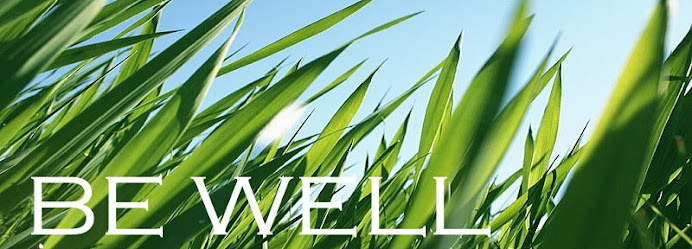
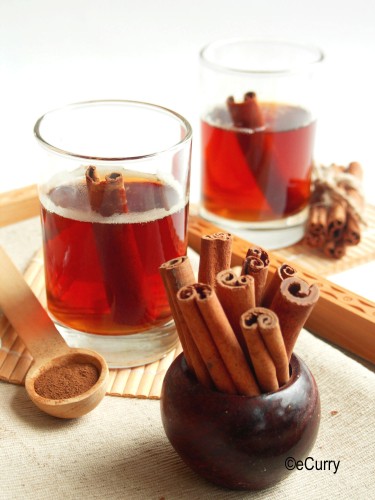

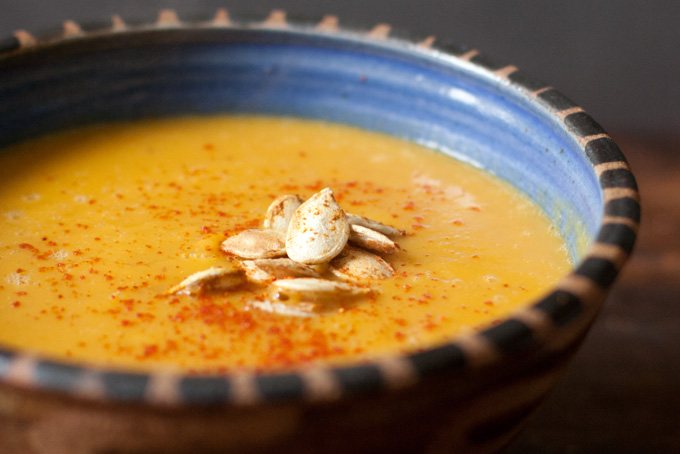







 1. Avocado
1. Avocado 2. Leeks
2. Leeks 3. Brussels Sprouts
3. Brussels Sprouts  4. Kiwi
4. Kiwi 5. Green Beans
5. Green Beans 6. Broccoli
6. Broccoli 7. Eggplant
7. Eggplant 8. Spinach
8. Spinach 9. Sweet Potatoes
9. Sweet Potatoes  10. Apples
10. Apples 11. Pears
11. Pears




















